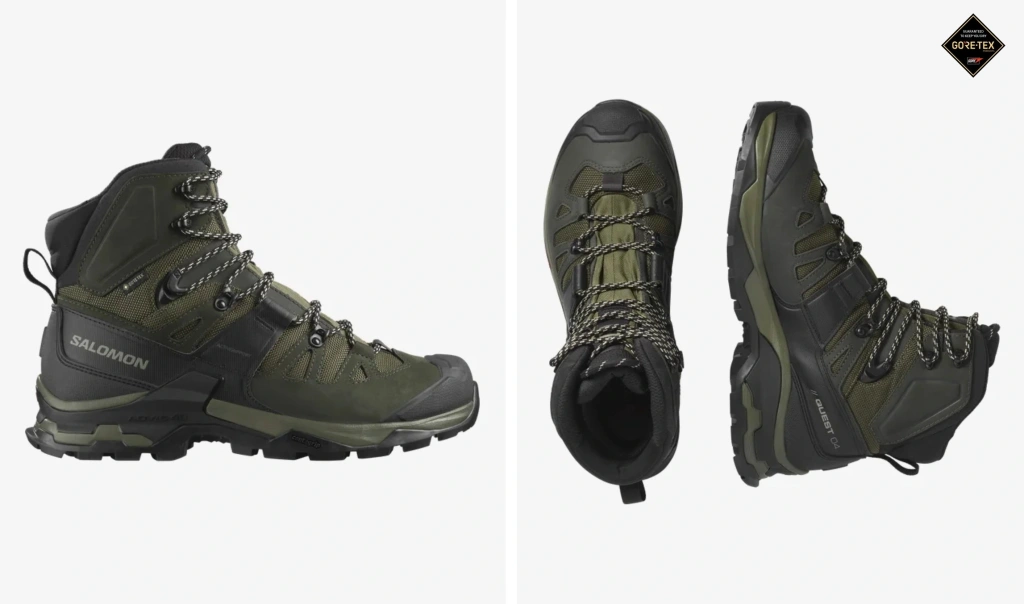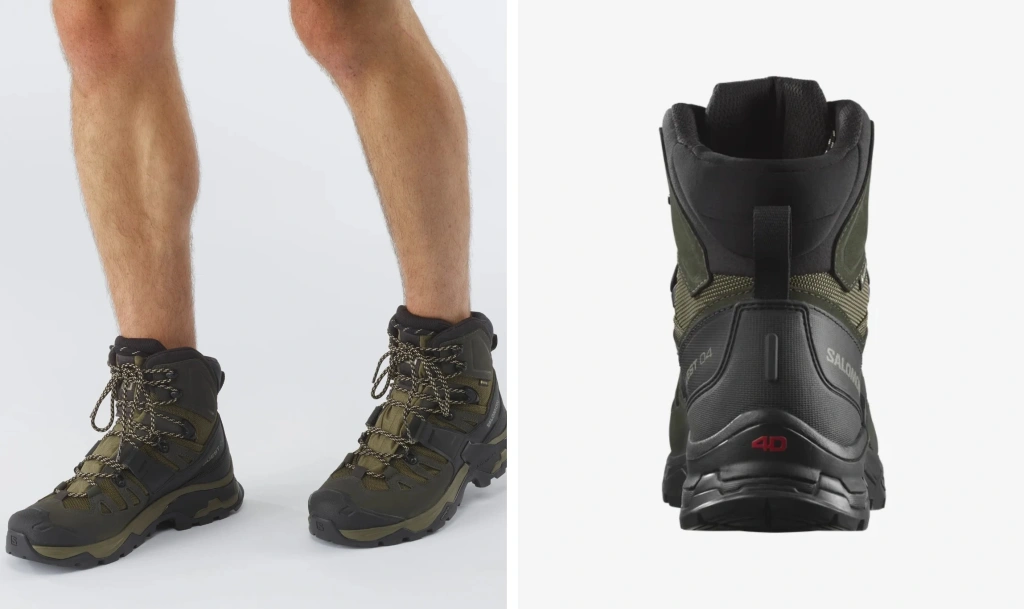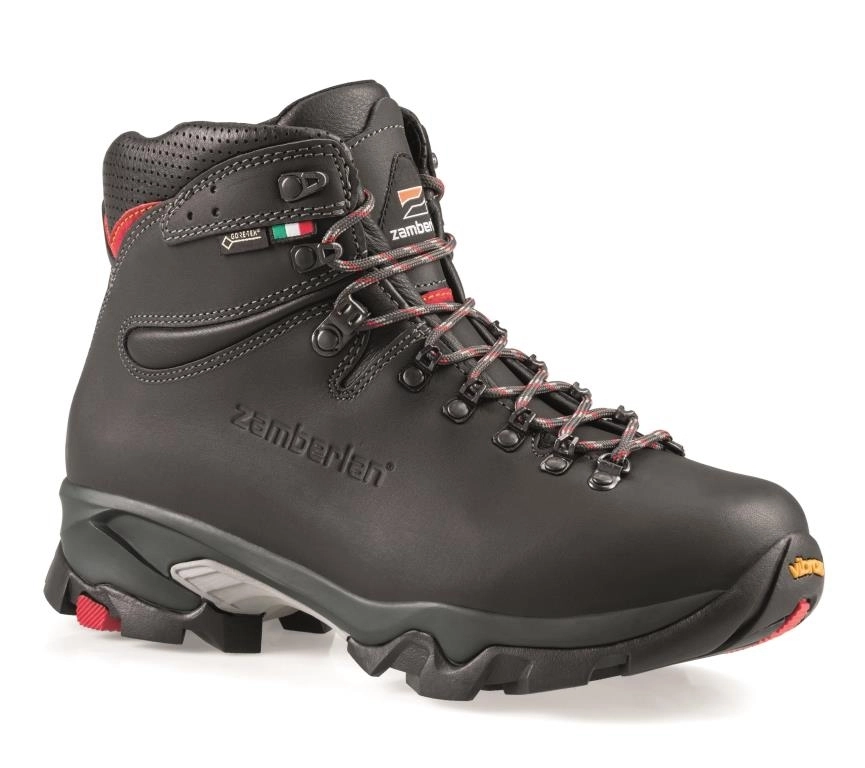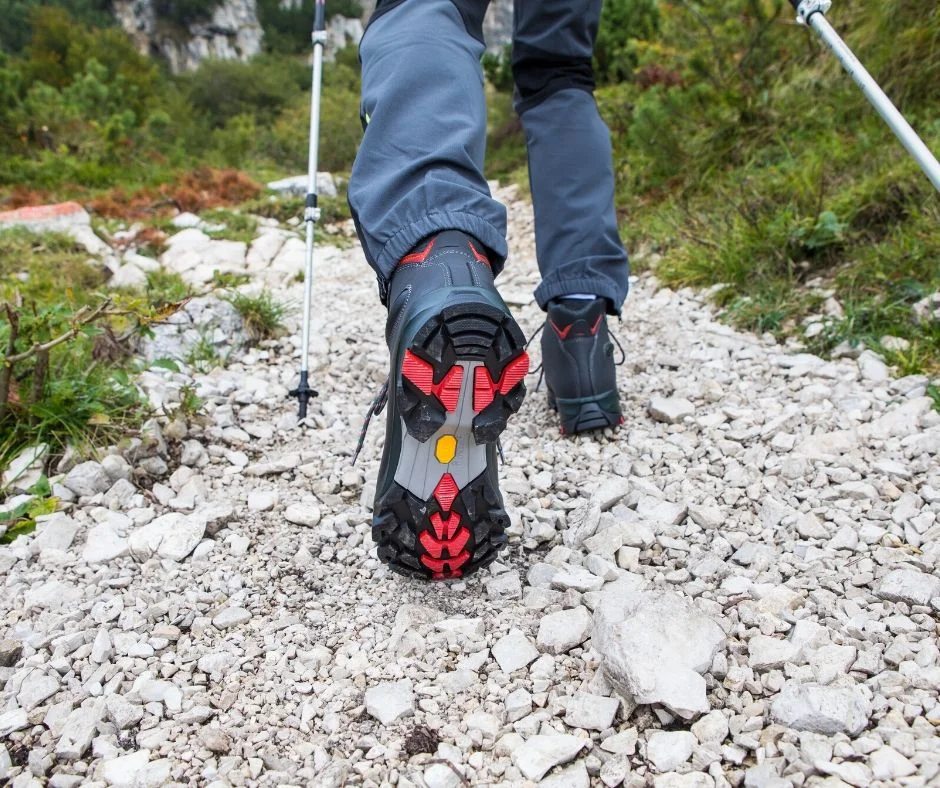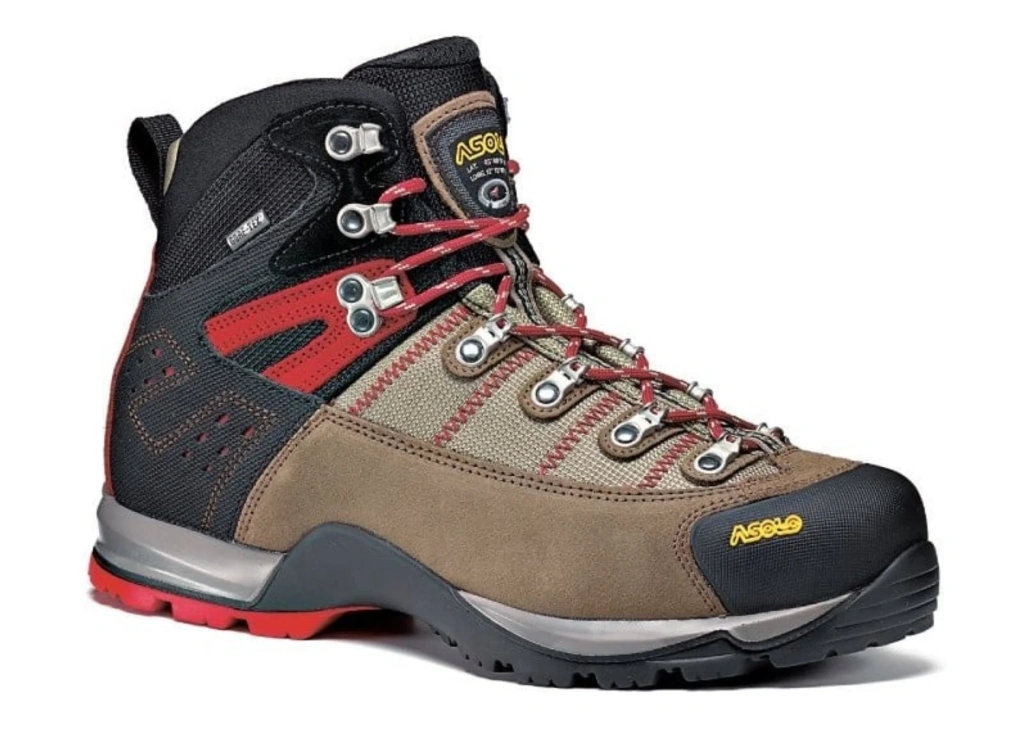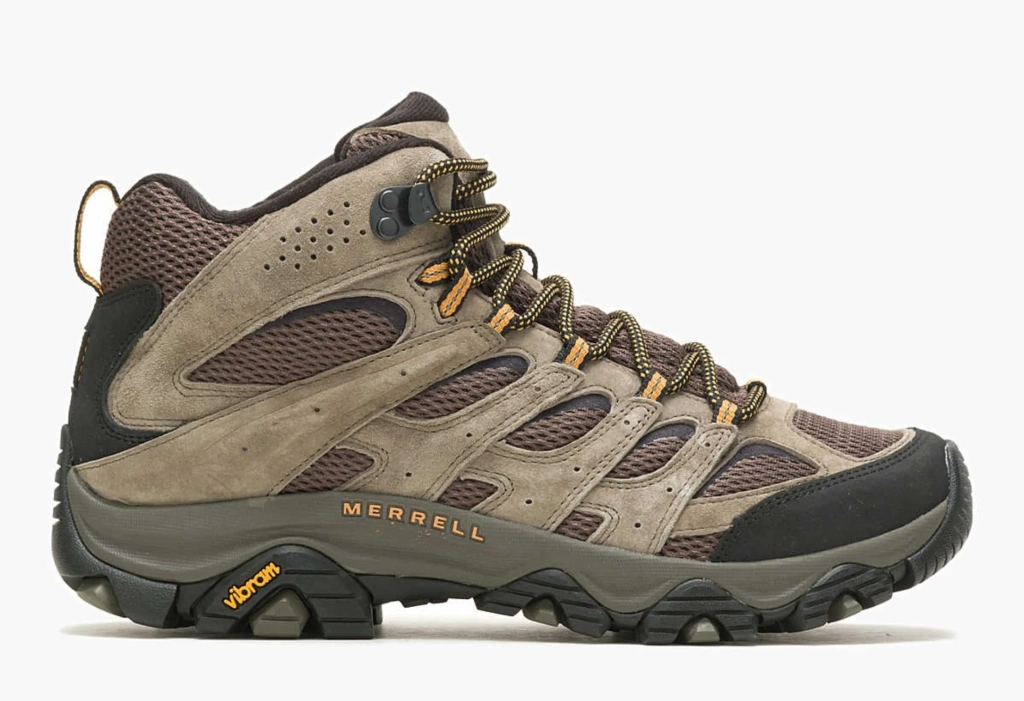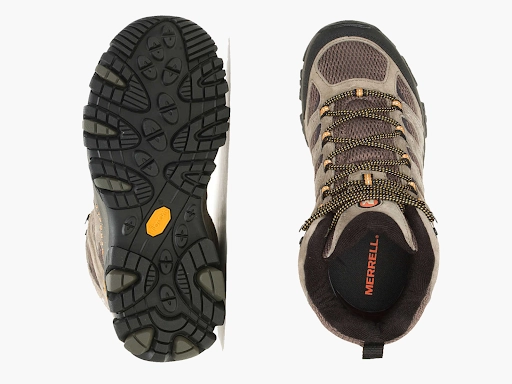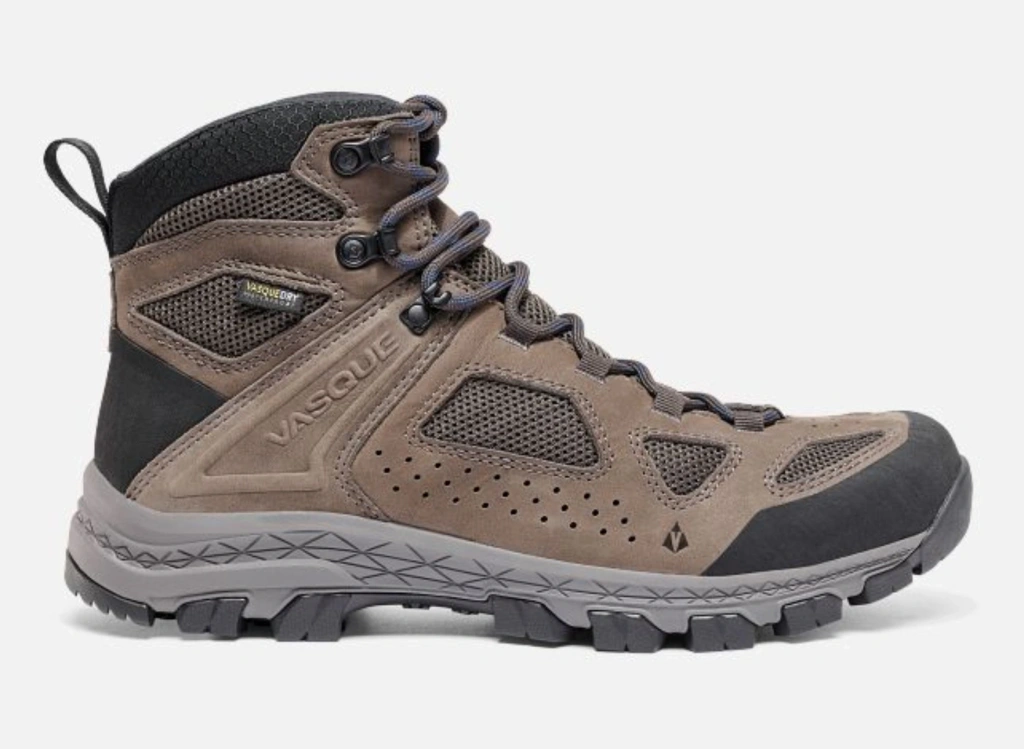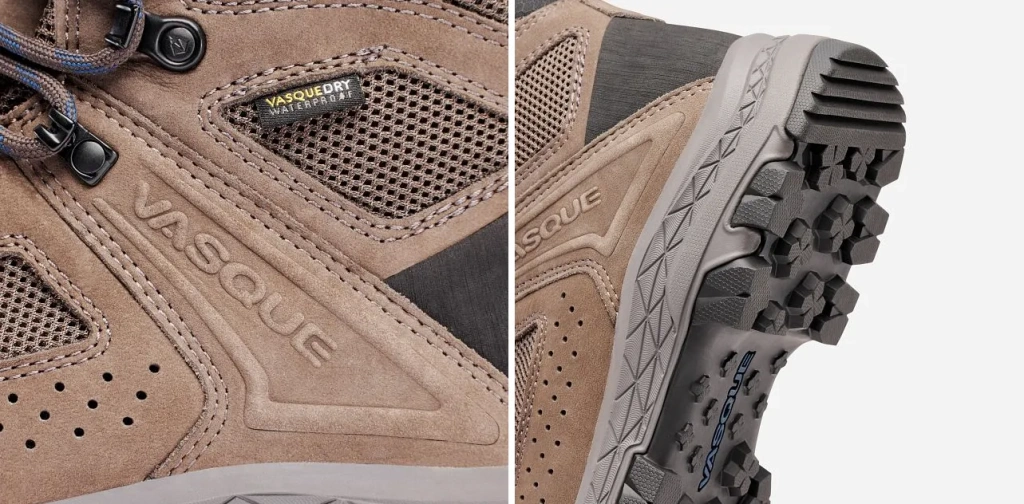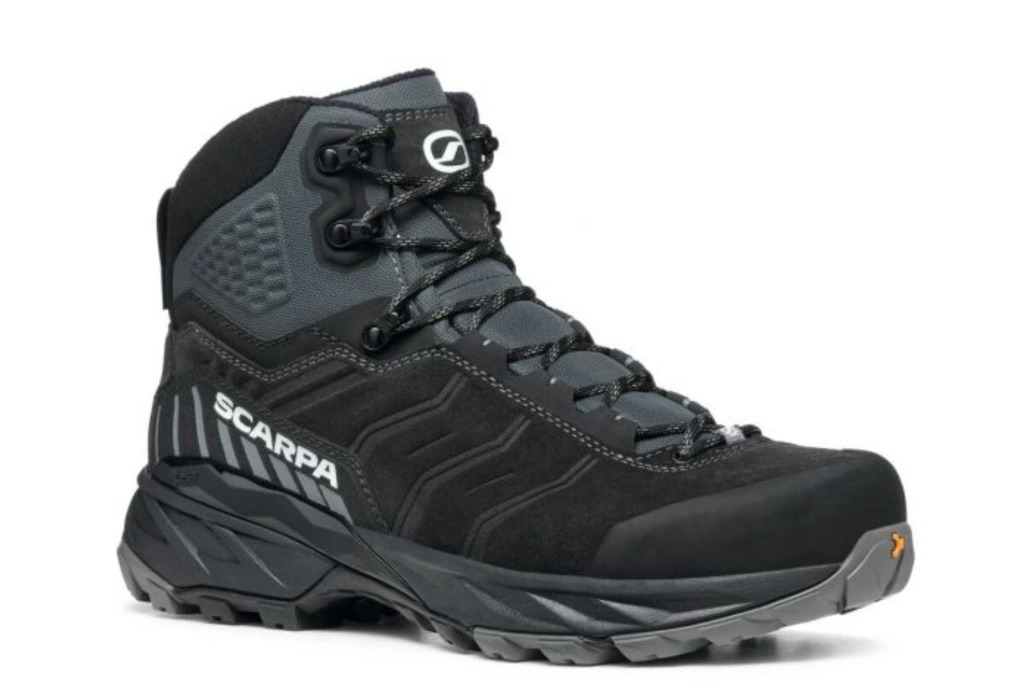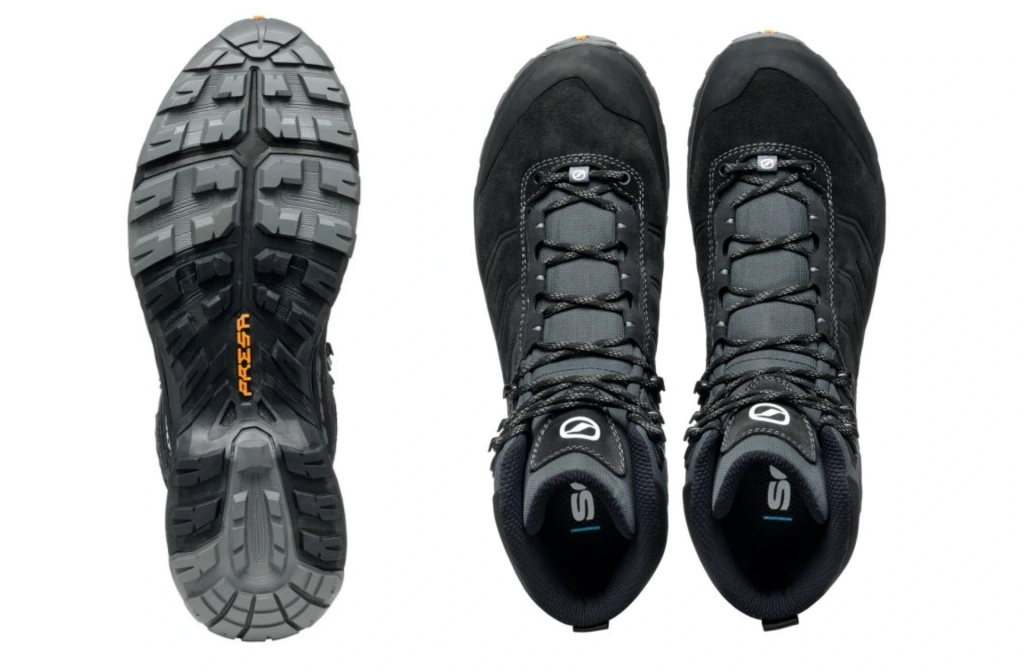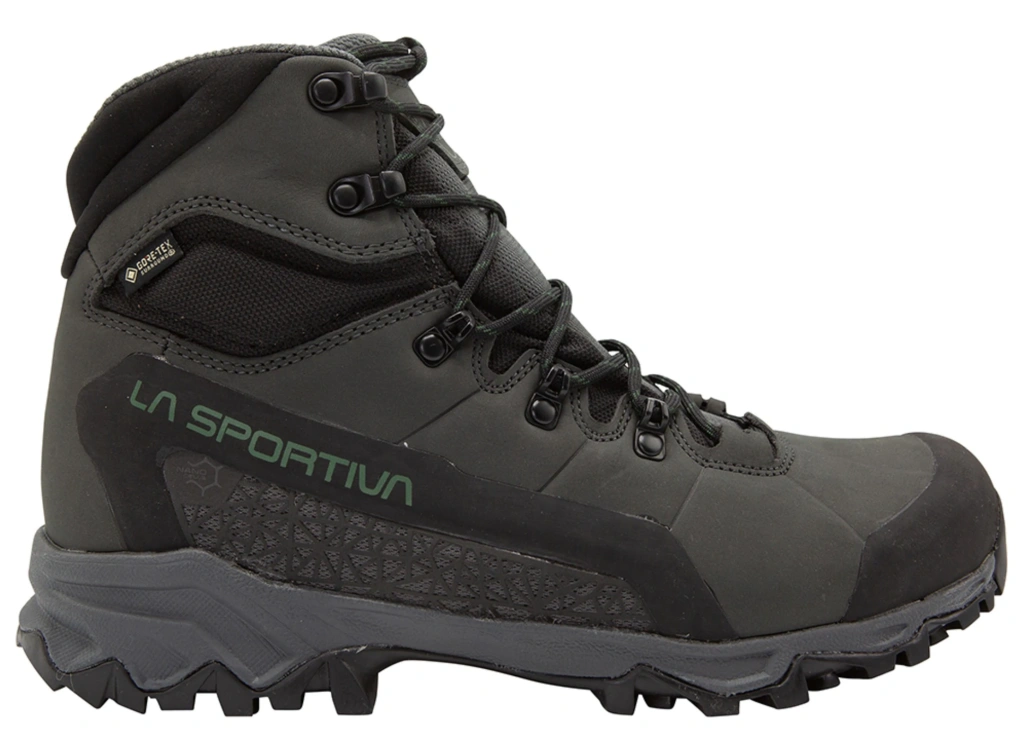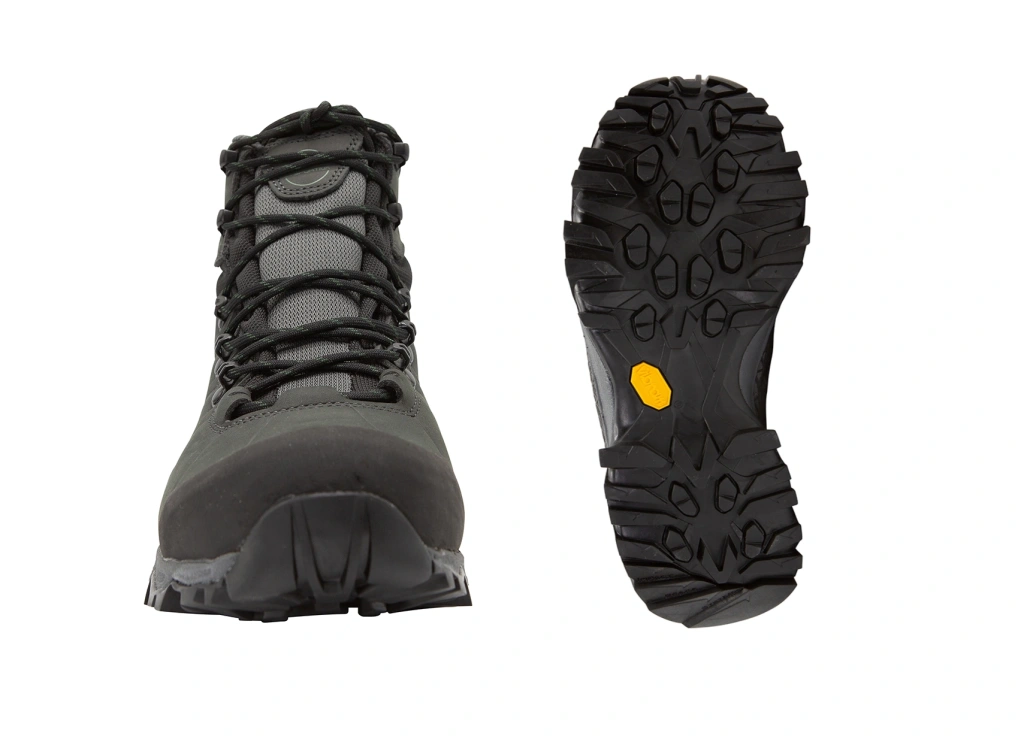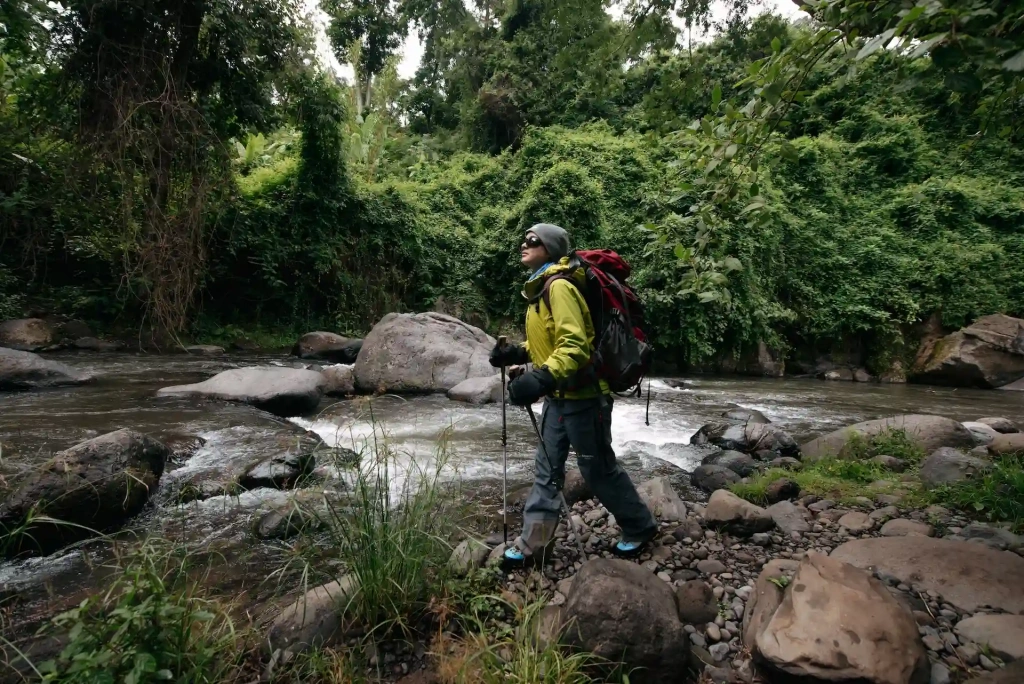Choosing the right footwear for high-altitude trekking on Kilimanjaro is essential. Your boots must be durable, water-resistant, and comfortable, with solid support to protect your feet over long distances. Without proper footwear, painful blisters, soaked socks, and even hypothermia can quickly derail your climb — turning your dream summit into a miserable experience.
At Altezza Travel, we’ve been leading successful expeditions to climb Mount Kilimanjaro since 2014. Over the years, we’ve developed a deep understanding of what makes great trekking gear. We’re excited to present a detailed review of the best men’s boots for high-altitude adventures.
“This is not a ranking from best to worst, but rather a curated selection of reliable, high-quality footwear that you can confidently wear in the mountains.”
As you make your way toward the summit, you’ll pass through several distinct climate zones, each with its own weather challenges. Most Kilimanjaro routes begin on relatively gentle slopes, where conditions are usually warm and dry outside the rainy season. For the first couple of days, lightweight trekking sneakers may be sufficient. Reliable brands to consider include Salomon, Zamberlan, La Sportiva, The North Face, and Scarpa.
Hiking socks are just as important as your shoes. High-quality trekking socks are more durable, wick moisture effectively, and help prevent blisters. Avoid cotton, which traps moisture and causes discomfort. Instead, choose soft merino wool or synthetic materials designed for trekking.
To help you prepare, we’ve put together a detailed Kilimanjaro gear checklist. Make sure to check it out if you’re planning to conquer Africa’s highest peak.
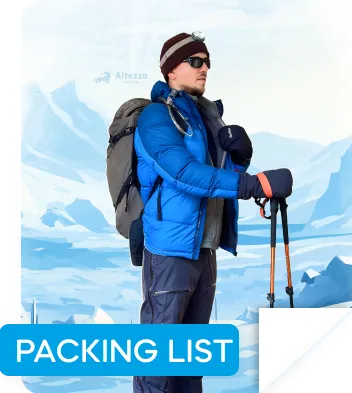
Regular hiking or trail running shoes can be suitable for the first couple of days on Kilimanjaro — but only if the weather stays clear and dry. If it rains and the trails become muddy, it's best to start the hike in high-top hiking boots right away. Choose your footwear carefully. Your boots should be high enough to cover the ankles and provide solid support, protecting against sprains and other injuries. Look for water-repellent materials and avoid overly heavy models, as extra weight will wear you out quickly on the trail.
Here are a few key points to keep in mind when choosing your hiking boots:
- Toe room: While your ankles should be well supported, the toe box shouldn’t feel cramped. There needs to be enough space to prevent blisters. When trying on boots, make sure you can wiggle your toes comfortably.
- Supportive but flexible fit: Your boots should offer ankle and arch support without being overly rigid. A snug fit is important, but your feet shouldn’t feel squeezed or restricted.
- Correct sizing: Some high-altitude trekking boots tend to run small, so it's important to try them on before buying. To test the fit, wear one boot unlaced, slide your foot forward until your toes touch the front, then check if your index finger fits between your heel and the back of the boot. If it barely fits, consider going up half a size. If there’s too much space, try a smaller size.
If you’re purchasing new boots shortly before your Kilimanjaro climb, be sure to break them in ahead of time. Stiff, untested boots can cause blisters and discomfort that may make continuing the ascent difficult — or even impossible.
Now, let’s take a look at some recommended hiking boots praised by experienced Kilimanjaro climbers.
Salomon Quest 4 Gore-Tex
- Price: $230
- Brand country: France
- Weight (size 42 pair): 1.31 kg / 2.89 lbs
- Pros: Durable, great ankle and foot support
- Cons: Quite stiff; takes time to break in
Salomon is a trusted name in high-quality hiking footwear, and the Quest 4 boots live up to that reputation. They’re ideal for rugged terrain and long treks in various weather conditions. The outsole tread grips well on slippery surfaces, and the Gore-Tex waterproof membrane keeps your feet dry — perfect for rainy-season climbs.
Mesh inserts on the upper offer good ventilation, preventing excessive sweating. The reinforced heel and snug collar lacing provide excellent ankle support and help prevent sprains.
The Quest 4 is the fourth generation in this series. The upper has been upgraded for added durability, with improved cushioning and foot protection.
Zamberlan 996 Vioz GTX
Price: $305
Brand country: Italy
Weight (size 42 pair): 1.43 kg / 3.15 lbs
Pros: Durable, wide size range, available in various widths
Cons: Heavy, expensive, surface scuffs easily on rocks
The 996 Vioz GTX is ideal for rugged terrain. It features a classic minimalist design, high-quality materials, and patented Italian technology. These leather boots offer solid ankle support, water resistance, and great traction — all essentials for serious high-altitude trekking.
The Microtex nylon cuff lining manages moisture around the ankles during intense activity. The Gore-Tex Performance Comfort membrane keeps feet dry while allowing vapor to escape, maintaining a balance of temperature and humidity.
The model comes in a wide size range, including wide-fit options for men. The 996 Vioz GTX is an excellent choice for demanding multi-day adventures like climbing Kilimanjaro.
Asolo Fugitive GTX
- Price: $260
- Brand country: Romania
- Weight (size 42 pair): 1.39 kg / 3.06 lbs
- Pros: Durable, excellent waterproofing
- Cons: Flexible upper might feel too soft
The Asolo Fugitive GTX is a cross between flexible hiking shoes and technical mountaineering boots. It combines sole stiffness with upper flexibility for comfort on rocky terrain. A rubber toe cap protects against impacts, while the collar secures the ankle, and the Gore-Tex membrane ensures waterproof performance.
The outsole is built for tough trails, offering strong grip and self-cleaning treads. The reinforced toe adds durability and protects your feet from injury. These waterproof boots are a good choice for climbing Kilimanjaro.
Merrell Moab 3 Mid
- Price: $150
- Brand country: USA
- Weight (size 42 pair): 770 g / 1.70 lbs
- Pros: Comfortable, budget-friendly
- Cons: Narrow fit, weak cushioning
Merrell Moab 3 Waterproof boots are among the most comfortable in our lineup — they feel good right out of the box, with little break-in time.
Great for tough trails and very reasonably priced. For just $150 (or even less on sale), you get many features of more expensive models: waterproofing via Merrell’s own membrane, Vibram outsole grip, and solid ankle support.
These boots are also lightweight and breathable, with mesh uppers that excel at ventilation. Moab 3 is the latest version, with an upgraded sole and expanded mesh panels.
On the downside, the cushioning isn’t as strong as that in high-end boots — which can matter when walking on rocky ground or carrying a heavy pack. Still, for this price range, it’s a great choice.
Vasque Breeze
- Price: $160
- Brand country: USA
- Weight (size 42 pair): 1.12 kg / 2.47 lbs
- Pros: Durable and relatively stiff build — ideal for rocky terrain
- Cons: Stiff upper may cause discomfort for some; requires break-in time
Vasque Breeze boots handle rugged terrain exceptionally well while remaining comfortable for long multi-day treks. They’re great for trekking in wet and cold conditions, offering strong protection against moisture and wind. The high collar supports the ankle securely without rubbing or chafing. Add a pair of good thermal socks and you'll be ready for tackling Mount Kilimanjaro.
That said, Vasque models often run small, so we recommend trying on several sizes before buying to find the best fit.
The sole is flexible yet durable. However, the collar is quite narrow and will take some time to break in. Once adapted to your foot, though, these boots can carry you thousands of kilometers up Mount Kilimanjaro without worries about blisters, sprains, or injuries.
Scarpa Rush TRK GTX
- Price: $250
- Brand country: Italy
- Weight (size 42 pair): 1.1 kg / 2.43 lbs
- Pros: Excellent ankle support, impressive agility
- Cons: Expensive, heavier than many other models
The Scarpa Rush TRK GTX is one of the best choices for challenging terrain. These boots boast outstanding waterproof performance, making them well-suited for high-altitude hikes in rainy conditions and muddy trails.
The 3D collar features an auto-fit design made from elastic fabric with memory foam padding, ensuring a snug and comfortable fit with strong ankle support. At the heel, a dynamic stabilizer keeps your foot secure and protects against sprains.
The PRESA sole is engineered to absorb some impact and deliver steady traction. With a Gore-Tex lining that’s both waterproof and breathable, plus a high collar, these boots keep your feet protected from moisture throughout your expedition.
La Sportiva Nucleo High II GTX
- Price: $240
- Brand country: Italy
- Weight (size 42 pair): 952 g / 2.10 lbs
- Pros: Perfect balance between waterproofing and breathability
- Cons: Pricey; better suited for narrow feet
The La Sportiva Nucleo High II GTX is available only in a men’s version and can truly be called a versatile all-rounder — ideal for treks of any difficulty. Lightweight and agile, they still offer strong ankle support and decent shock absorption.
Nano-Cell technology — a spiderweb-like mesh on the sides — delivers a moderate level of breathability. Meanwhile, the Gore-Tex Surround lining not only blocks out water but also allows moisture to escape both from the top and the sides of the insole, a rare feature among trekking boots.
Traction is a standout feature here. The thick sole with prominent lugs ensures confidence across slippery, uneven, and rocky surfaces.
Renting boots before the climb
Quality trekking boots typically cost between $200 and $300 — a significant part of your trip budget. They also take up a fair amount of space in your luggage. If you don’t plan to climb other mountains anytime soon, renting boots for the expedition might be the easier and more practical option. At Altezza Travel, boot rental costs just $45 for the entire climb, and our warehouse holds over 150 pairs in various sizes from reliable, trusted brands.
Our gear stock includes footwear and apparel from Zamberlan, The North Face, Red Fox, Marmot, Black Diamond, and Mountain Hardwear. We regularly update our equipment with new models, and every item is thoroughly cleaned and sanitized after each expedition. It’s important to note that all our gear is authentic — we source it directly from manufacturers or official distributors in Europe and the U.S.
FAQ
1. What shoes to wear to hike Kilimanjaro?
Choose waterproof hiking boots with ankle support, good tread, and a stiff sole for rocky and uneven terrain. Mid- or high-cut boots are best. Breathable materials like Gore-Tex help with moisture control. Your boots should be fully broken in before the climb to prevent blisters.
2. Do I need insulated boots for Kilimanjaro?
Insulated boots aren’t necessary for the entire trek, but summit night can reach temperatures below -15°C (5°F). Warm boots paired with thick wool trekking socks are usually enough, but some climbers prefer lightly insulated boots or use toe warmers for extra comfort.
3. What is the best hiking backpack for Kilimanjaro?
A 30–40 liter (1,800–2,400 cu in) daypack is ideal. Look for padded shoulder straps, a hip belt, and space for a hydration bladder or water bottles. It should carry your essentials: water, snacks, camera, rain jacket, and extra layers, while your main gear stays with the porters. Check out our recommended backpacks for Kilimanjaro.
4. Can I wear trail running shoes on Kilimanjaro?
Trail runners can be used at lower elevations or around camp, but they aren’t suitable for the full trek. They lack insulation and support for the cold, uneven, and steep terrain near the summit, where proper hiking boots are essential for safety and warmth.
5. How to break in hiking boots for Kilimanjaro?
Begin wearing your boots several weeks before your climb. Start with short walks, then progress to longer hikes on hills or rough trails. Always wear the same hiking socks you’ll use on Kilimanjaro to spot any discomfort early and adjust as needed.
All content on Altezza Travel is created with expert insights and thorough research, in line with our Editorial Policy.


Want to know more about Tanzania adventures?
Get in touch with our team! We've explored all the top destinations across Tanzania. Our Kilimanjaro-based adventure consultants are ready to share tips and help you plan your unforgettable journey.

















